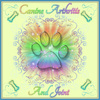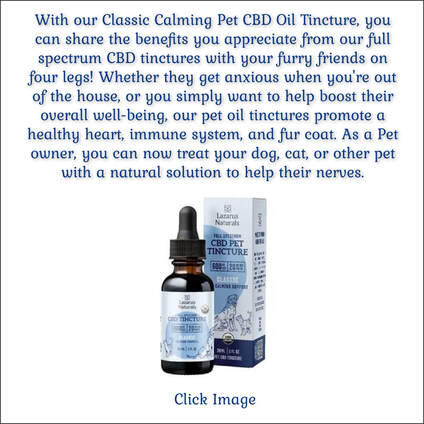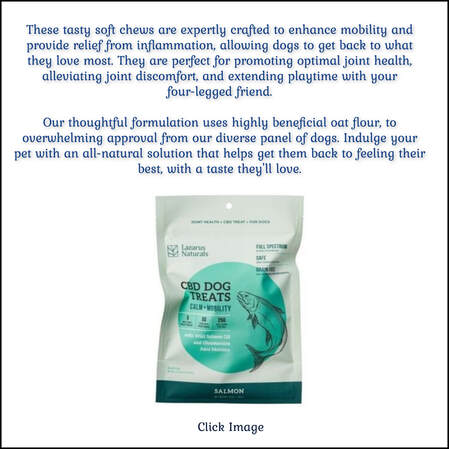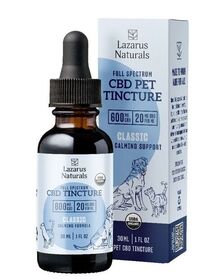|
By TopDogHealth
If your dog has suffered this injury don’t think that you are alone. Cruciate ligament injuries are hands down the most common orthopedic injuries in dogs today. There are several factors why this is an unfortunate reality for many dogs. But before we learn more about the causes, types of injuries and treatment options it is VITAL that you understand this. All ACL injuries require some form of physical therapy no matter what. Surgery is really only one part of the equation, therefore educating yourself on how you can help your dog recover from this injury is INCREDIBLY IMPORTANT. You are the one who cares the most about YOUR dog. Six years ago when TopDog was founded we noticed that the post-surgery take-home sheets that pet owners where being given after their dogs surgery were nothing short of sad. Most of these just said to walk your dog on a leash and then come back for a recheck. It was then that Dr. St.Clair decided to set a new standard for educating pet owners on how to help their dogs heal after surgery. Some of the more common reasons dogs rupture their ACL are: Overweight: Believe it or not, at least 75% of dogs are considered overweight. Unfortunately most pet owners have a misconception on what the ideal body weight of their dog should be. Make sure you ask your veterinarian what your dogs ideal weight should be to. Additional weight puts additional stress on joint and the rest of the bodies organs. Lack of Exercise: Due to the stresses placed on us in modern day society many pets do not get the necessary exercise that they require. There just does not seem to be enough time to exercise and spend quality exercise with our dogs. Much of the time, while we are working they are being “couch potatoes”. Remember that most dogs are really athletes and therefore require and tolerate a lot of exercise. This exercise keeps their bodies lean, flexible and strong. |
|
Week-end Warrior Syndrome: Since we work all week, most of the time the only chance we have to exercise our dogs is on the weekend. As stated above this lack of everyday conditioning makes our dogs vulnerable to injury when they try to overdo it on the weekend.
Angle of the Joint: Rarely do people think about how their dog actually walks on their knees. This joint is always at an angle and therefore the ACL always has weight on it (otherwise referred to as load bearing). Therefore there is constant stress placed on this ligament which again makes it vulnerable to injury. The most common way that dogs injure the cruciate ligament is via a hyperextension injury. The typical story is….he was running after a squirrel or chasing a ball or playing hard with other dogs and then yelped and started limping. As stated before of all the orthopedic injuries in dogs the cranial cruciate ligament rupture is by far the most common and the TPLO (Tibial Plateau Leveling Osteotomy) surgery has become one of the most popular repairs for this injury. Though there is no breed predisposition, it is definitely more common for larger dogs to get this injury. |
|
Quick Terminology Review:
In humans we refer to this injury as a ruptured ACL (anterior cruciate ligament). In dogs we refer to this injury as a ruptured CCL (cranial cruciate ligament). They are both the same ligament and serve the same purpose of keeping the joint stable. In humans this is the knee joint. In dogs the knee is referred to as the stifle. For the purpose of keeping things simple we will use the human terminology. Understanding The Three Types of Injuries: Partial Dog Cruciate Tear: Many times dogs will not fully tear the ligament and only tear a percentage of the ligament fibers. Most of the times there is some underlying predisposing factor like arthritis or some structural abnormality. Partial tears can often be very difficult to diagnose and most of the time require that the veterinarian utilize anesthesia in order to have the dog fully relaxed. These dogs may limp initially and then slowly improve with medications but never fully get back to normal. In rare cases these dogs can improve with rehabilitation alone but most of the time surgery is recommended. If surgery is not performed eventually the vast majority of these dogs will fully tear the ligament. |
|
Full Dog Cruciate Tear: These are much easier to recognize and diagnosis. Most owners hear their dog yelp and then find the dog totally non-weight bearing on the limb. The dogs usually have the leg tightly flexed up along side their body. They are also in massive pain initially. Amazingly though there are some dogs that still weight-bear even with a full tear.
Bilateral Dog Cruciate Tears: Unfortunately, sometimes the situation occurs where a dog has torn both ACL ligaments. Most of the time there is a partial tear on one leg that has gone untreated and then due to compensation on the other leg, the dog tears their “good” legs ACL. The Injury to Surgery Time is Critical… Many times the injury, to diagnosis, to eventually surgery times can be weeks and in the case of partial tears even months. The problem is that everyday there is some degree of instability in that joint, degenerative changes begin to take place and arthritis begins to develop. In addition, because the dog is not fully weight bearing, and I mean full weight bearing, then there is some degree of compensation that is occurring, therefore putting unnecessary stresses on other limbs and joints. And last but not least because they are not fully weight bearing on that leg, they are losing muscle mass which occurs amazingly fast. ie. IF YOU DON’T USE IT, YOU LOSE IT! |
|
The TPLO Surgery:
During the surgery the surgeon will visibly look inside your dogs “knee” joint in order to evaluate the degree of the cranial cruciate damage, the integrity of the meniscus and the degree of cartilage damage or arthritis. At this time the remnants of the ruptured ligament are removed and many times the damaged section of meniscus is removed as well. Once the joint capsule is closed the surgery on the tibia begins. What makes the TPLO unique is that using a special curved saw, the surgeon will make a complete cut through the top part of the tibial bone. This cut is then rotated so that the once “sloped” tibial plateau is now essentially flat. Once the proper placement is accomplished a metal plate and screws are placed on the outside of bone to hold it in place. Important It is important to remember that this is now a broken bone and therefore the healing process should be treated as such. This biggest problem owners have after surgery is restricting their dog properly and safely to allow the bone to callus and heal properly. The Veterinary Cruciate Rule: Every veterinarian across the country will tell you that that if your dog ruptures their ACL on one side then they are going to rupture the other side in due time. The statistics that they give differs tremendously. We have heard reports ranging from 1 in every 3 dogs to 30-65% of dogs that rupture one side, rupture the other within a one year period of time. This has always really bothered me. |
|
TopDog’s Rebutal to That Rule:
The reason that so many dogs have this unfortunate reality is that after the first injury and surgery, the dog was not properly rehabilitated. Lets face it, physical therapy is now a hallmark in human medicine. But in veterinary medicine, post-surgical rehabilitation is still relatively a new concept and in many cases there is not even a canine rehab facility near-by even if you wanted it. Therefore, the key to success is learning about what you can do at home to help your dog recover. In addition, providing the best joint support in terms of supplements is hugely important. The more you educate yourself about the injury, the TPLO surgery, recovery and prevention the better you will be able to help your dog. |
**Canine Arthritis And Joint is intended for informational, educational and entertainment purposes only and is not a substitute for medical advice, diagnosis or treatment. Do not attempt to self-diagnose or treat any health condition. You should always consult with a healthcare professional before starting any diet, exercise or supplementation program, before taking any medication, or if you have or suspect your pet might have a health problem. The opinions expressed by Canine Arthritis And Joint are not to be replaced for medical care. This website and the information contained herein have not been evaluated by the Food and Drug Administration. The information and opinions on Canine Arthritis And Joint are not intended and cannot be used to diagnose, treat, cure, or prevent any disease. This applies to people and pets!
This site uses affiliate links such as banners you may see that allows for paid commissions.
This site uses affiliate links such as banners you may see that allows for paid commissions.
Canine Arthritis And Joint © Copyright 2015-2024
Designed By Paw Prints Web Design
Designed By Paw Prints Web Design











